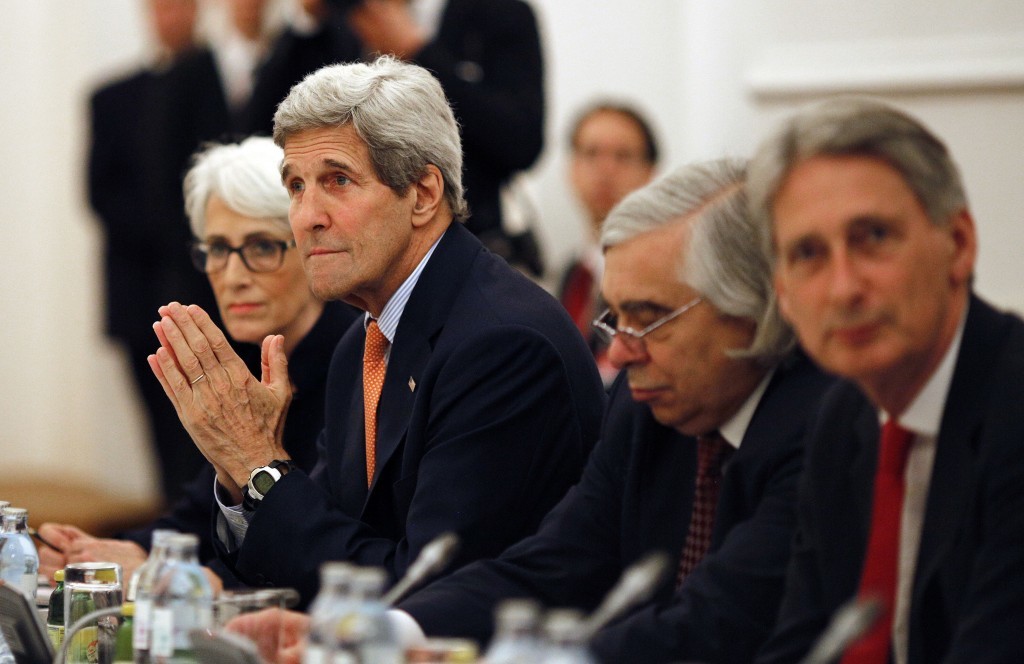
Global oil markets won’t feel the real impact of Iran’s historic deal with world powers until 2016 as sanctions remain in place while nuclear inspectors go to work, said banks including Citigroup Inc., Goldman Sachs Group Inc. and Commerzbank AG.
OPEC’s fourth-largest member won’t achieve a crude-export boost of more than 500,000 barrels a day, or about 50 percent, until next year as Iran’s compliance with curbs on its nuclear program is verified, the banks say. The nation will probably choose to gradually increase exports once sanctions are lifted, rather than risk lower prices by rapidly pushing crude into an oversupplied market, according to the International Energy Agency.
The agreement between Iran and six world powers will eventually lift restrictions that have halved its crude exports, provided the Persian Gulf nation removes nuclear centrifuges and cuts uranium stockpiles. Sanctions will remain in place at least until international monitors report on the country’s compliance in December.
“The outlook for Iranian oil is that it should take a while to come to market, and volumes will likely be limited,” Ed Morse, head of commodities research at Citigroup in New York, said in a report Wednesday. It may take until the end of next year to restore 500,000 barrels a day, he estimates.
Price Recovery
West Texas Intermediate, the U.S. crude benchmark, slumped 2.5 percent on the New York Mercantile Exchange after the deal was announced early Tuesday, before ending the day 1.6 percent higher at $53.04 a barrel. It slipped 2.3 percent to $51.80 at 12:17 p.m. local time Wednesday.
“It will be a long and winding road before Iranian oil returns to the market,” Harry Tchilinguirian, head of commodity markets strategy at BNP Paribas SA in London, said by e-mail Tuesday. “The current time line for the lifting of sanctions precludes any substantial increase from Iran” this year.
The country will first sell crude stockpiled on tankers before pumping additional supplies from oilfields, Barclays Plc and Goldman Sachs estimate. Iran is storing about 50 million barrels of crude and condensate on vessels anchored in the Persian Gulf, according to Julian Lee, a strategist at Bloomberg in London.
The current surplus in global oil markets may prompt Iran to slow the return of exports, rather than offer price discounts to attract buyers, according to Antoine Halff, head of the oil markets and industry division at the Paris-based IEA.
“It’s not like refiners are starving for crude,” Halff said in an interview. “I would not expect Iran to engage in a full blown price war just for the sake of regaining market share.”